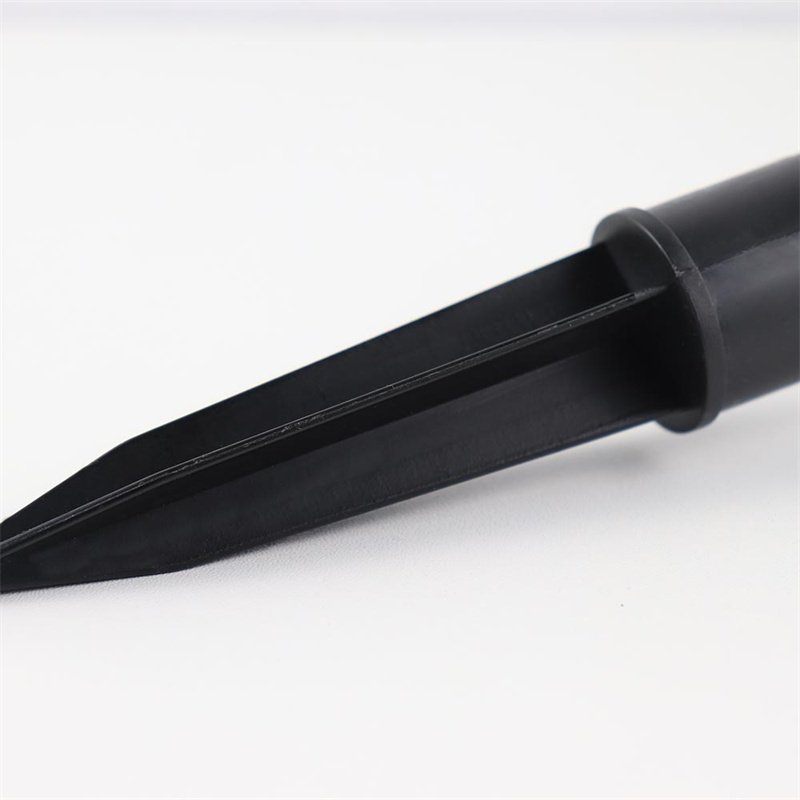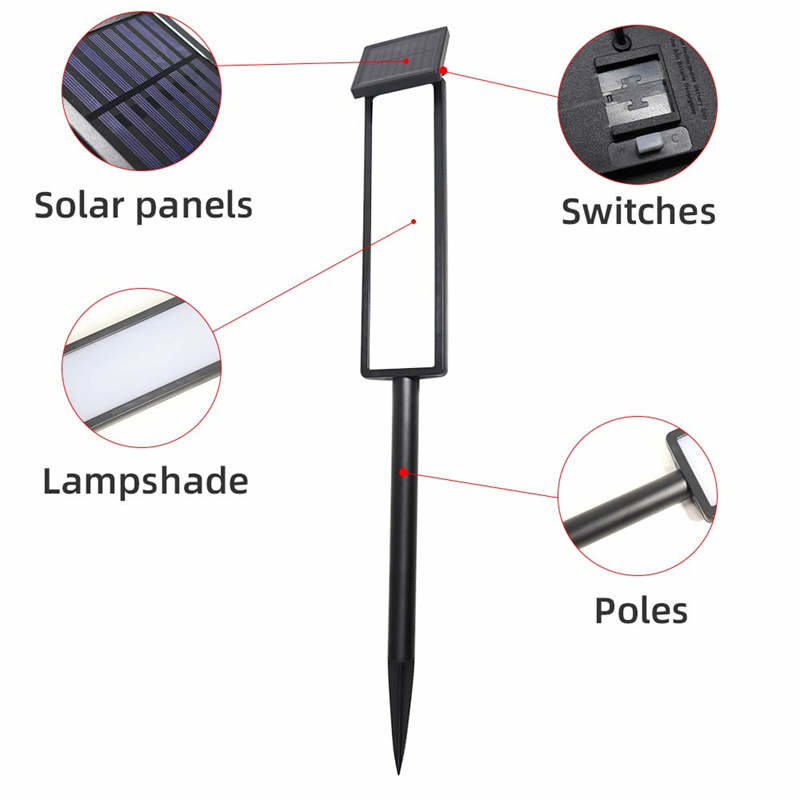When you purchase through links in our articles, we may earn a small commission. This doesn't affect our editorial independence.
The Eufy Security Solar Wall Light Cam S120 is great solution for DIYers. It provides a bright (300 lumens) outdoor wall light and a top-notch security camera in a single battery-powered unit that doesn’t require a lot of home modifications to install. 50w Solar Flood Light

The idea of harnessing sunlight to power outdoor security cameras isn’t new. Many cameras offer the option of keeping their batteries charged via solar power, but most require the user to purchase and mount an accessory solar panel. That adds extra expense and labor to the camera installation. Eufy Security takes a different approach with its Solar Wall Light Cam S120, a compact all-in-one wall light and camera that has a built-in solar panel.
The panel is integrated into the top of the wedge-shaped device where it can be easily exposed to direct sunlight. A 2K camera and a motion sensor are set into the front of the S120. Beneath the camera is a 300-lumen adjustable-light panel. A small speaker enabling two-way communication is set into the side of the device. Eufy has assigned the S120 an IP65 weather rating, indicating it’s dust proof and protected against jets of water such as from a garden hose. You can learn more about IP codes at the preceding link.
The Eufy Security Solar Wall Light Cam S120 has a 120-degree diagonal field of view, and its video quality was excellent in my testing.
To set up the S120, you’ll first need to charge the camera from an electrical outlet for about four hours. There’s a USB-C port on the back of the unit for this initial charging, but oddly Eufy doesn’t include either a USB-C charging cable or an AC adapter with the camera. Fortunately, I was able to scare both of those accessories up from a box of surplus components. If you find that the onboard solar panel isn’t enough to keep the camera/light’s battery charged, the manufacturer a small adapter to connect a supplemental external solar panel.
This review is part of TechHive’s in-depth coverage of the best home security cameras.
A solar panel on top of the S120 keeps the battery charged with two hours of direct sunlight a day.
When the camera is fully charged, you can select a location for mounting it. The Eufy Security app provides some help here. After guiding you through a series of prompts to connect the S120 to your 2.4GHz Wi-Fi network, the app offers suggestions on where and where not to mount the camera. The solar panel must be exposed to direct sunlight for at least two hours a day to keep the camera’s 5,200mAh battery continuously charged, so mounting the camera under eaves, trees, and other potential obstructions is a bad idea. The best location is a wall with no overhang. Finally, the app performs an internet connection test to determine the strength of the Wi-Fi signal at the location you want to mount the device.
Once you’ve settled on a preferred spot, you can mark the mounting points on the wall using the camera’s mounting bracket as a template. Drill holes into these points, insert the supplied wall anchors if needed, and then screw the bracket into place. After you’ve slotted the camera onto the bracket, you’ll insert a screw at the bottom to lock it down.
The Eufy Security app provides controls for both the camera and the light panel. The camera controls are standard for a security cam and include a pane to view the live feed and a toolbar of buttons for manually capturing video and still images, activating night vision and the camera’s 105dB siren, and enabling two-way talk. The light-panel controls consist of a single button to turn the light on and off. You can adjust the light’s brightness and toggle motion-activated lighting in the settings menu.
I mounted the S120 on the side of my shed to overlook one of the entry points to my yard, where it served to monitor for intruders and provide extra light for my wife coming home from work now that the sun sets earlier. The light, which can be configured to activate automatically when it detects human motion up to 25 feet away, provided nice illumination of the stepping-stone walkway from the gate to the back of the house.
The Eufy Security app lets you configure light- and motion-detection settings for optimal security.
The camera has a 120-degree diagonal field of view, and the video quality was excellent in my testing. It supports two types of night vision: infrared LED-enabled monochrome and full-color assisted by the light panel. Both modes provide vivid images with plenty of illumination in pitch-black conditions.
Because the S120 is battery-powered, you want to minimize how often recording is triggered as this drains the battery faster. In addition to enabling human detection so that it ignores motion by animals and other moving objects, you can set activity zones to narrow down the area you want to monitor. You can adjust the motion sensitivity to further optimize battery life.
All video recordings are saved locally to 8GB of eMMC storage for two months. Clips can be downloaded or shared from an Events tab within the app.
Eufy offers a single camera for $99.99. That’s comparable to the Blink Wired Floodlight Camera, which as its name suggests, depends on a wired electrical connection. The Blink’s floodlights are many times brighter–2,600 lumens–but its camera resolution tops out at 1080p. And while it can store much more video locally, you’ll need to buy a separate module that records to a USB thumb drive. Your other option is to subscribe to Blink’s cloud storage service.
If you’re looking for a low-cost DIY security camera and lighting solution, the Solar Wall Light Cam S120 is the better value.

Bright Pathway Lights Michael Ansaldo is veteran consumer and small-business technology journalist. He contributes regularly to TechHive and PCWorld.